What Is Agile Project Management?
Important Point
Agile project management is a continual way to organize and guide the business way that cracks it down into lesser cycles called run or repeat.
As in agile software improvement, a repeat refers to a single improvement cycle. All part or repeat is considered and outlined by the project group, which should add an officer to different stakeholders.
The understanding gained from the outline of a replay is used to decide what the next step should be in the business.
The chief good of getting to begin with agile project management is its capacity to answer the problem that begins throughout the way of the project.
Making a required swap to a project at the correct time can protect money and assist in delivering an outstanding project in good time and within cost.
What Is Agile Project Methodology?
The agile methodology cracks projects into a little bit. These project bits are finished in the job period, which is often called run.
Run normally sprints anywhere from some days to some weeks. This period sprints from the starting design part to try out and standard assurance.
The agile design enables the group to break apart as they are finished. This irregular issue schedule authorizes teams to defect fast.
The trust assists in lessening the chance of big-scale defeat. Because there is unstable advance throughout the project life process is agile.
How APM Works?
Agile teams structure fast feedback, unstable modification, and QA top employ into their replay.
They affect practices like unstable formation and continuous combination using automation that robotic steps to race up the free and use of the result.
In addition, agile project management calls for the group to steadily assess time and price as they move through their job.
They use speed, expose, and explode charts to calculate their job, rather than bar charts and project highlights to track open-ended.
Agile project management does note the existence or involvement of a project organizer. Although a project manager is required for benefit under the custom project delivery.
The procedure, like the shower model, the location controls the cost, employees, project range, and other key parts of project organizer duty APM is an issue among shareholders.
For example, the outcome holder places project design, while team members share organize, development reporting, and standard charges. Certain agile ways attach another coating of management.
The scrum way, for instance, calls for a scrum master who assists in placing orders and adviser on the project through to realization.
Given the carry-in job from project managers to agile groups. Agile project management orders that group members know how to work within the structure.
They must be intelligent to carry well to keep projects on the way. And they should feel cozy taking proper steps at the correct time to keep step with delivery timetables.
Useful Article for You
- What Is Composite Wood
- What Is the Difference Between a Shower Pan and a Shower Base?
- What Is Raft
- What Is a Window Panel
- What Is Rebar Made Of
- What Is Crane
- What Is a Frame Structure
- What Is the Measurement for a Queen Size Bed
- What Is Considered Livable Space
- What Is One Way You Can Save Electricity?
- What Is Mdf Mean
- What Is a Bundle of Shingles
- What Is a Gallon of Water Weigh
- Pert Critical Path Method
- What Is Window Sash
- What Is a Sieve Analysis
- What Is the Little Black Diamond on a Tape Measure
- What Is the Difference Between a Bolt and a Screw?
- What Is Overhang
- What Is Sand Blasting
- What Is a Walk in Basement
- Explain How Oil Paint Is Made. What Is the Vehicle?
- What Is a Span Bridge
- What Is a Soil Stack
- What Is a Louvered Door
- What Is a Spread Footing
- What Is Leveling
The 5 Phases of APM
There Are Five Main Phases Simple in the APM Activity.
- Envision: The project and general outcome have first developed a thought in this phase, and the requirement of the end is traditional and recognized. The phase also controls who will work on the project and its shareholders.
- Speculate: This phase of design is the starting of the outcome. Groups will work together to plan a feature list of the outcome. The recognized landmark requires the project timetable.
- Explore: The project is a job centered on frequent inside project checks, but teams will also examine different to affect project demand. Groups job one landmark and repeat before working on to the next.
- Adapt: The delivered outcomes are recalled, and teams modify them as required. This phase centers on shift or righting based on buyer and staff outlook. Feedback should always be given. So all bits of the project connect to end-user demand. The project should be better with all repetition.
- Close: The delivery outcome is recalled, and groups modify them as necessary. The final plan is calculated against modernized demand. Mistakes or problems shared within the activity should be recalled to avoid immediate problems in the future.
History of APM
The 21st century maximizes a fast climb in the use of the agile plan management approach, especially for shareware development projects and other IT enterprises.
Still, the idea of unstable development day back to the mid-20th century and has taken a different shape, protected by various heads over the decagon.
For example, there was James Martin’s quick iterative manufacture prototyping, a way that provided the ground for the 1991 book Quick Request Development and the way of the different name, RAD.
A different agile project handling framework that has progressed in Extra New Year’s is Scrum.
This approach features an outcome owner who works with development groups to design an outcome heap, an organized list of the properties, functionalities, and installs needed to deliver a lucky softer system. The groups then deliver the bit in a fast step up.
Benefits (Profit) of Agile Project Management
Advocates for Agile Project Handling Speak That the Approach Delivers Numerous Profits. It Adds the Following:
- Extra freedom—project handling allows designers to work on the copy that employs their power.
- Efficient use of assets that warrant fast deployment.
- Higher flexibility and workability to change require developers can smaller to modify and make required changes.
- Quick detection of issues that authorize fast fixes.
- Increased joint effort with the customer, best to an outcome that smaller meet buyer requires.
- There is no need to plainly explain an activity at the development opening when collating to standard project handling methods, such as a waterfall.
Disadvantages of Agile Project Management
There Are Also Likely Disadvantages, Still, Adding the Following:
- A project can go off step because there are smaller set courses of work at the project’s opening.
- Off-track projects guide to a smaller expected result.
- Agile handling plans on making choices fast, so it is not acceptable for a company that takes a distant future to analyze problems.
- Teamwork between teams or end buyers must regularly take place to make the top possible outcome. Protest in communication could affect the result.
What Is Agile Project Management Methodology?
The agile methodology is a process of controlling a project by cracking it up into a few phases.
It requires stable joint effort with shareholders and unfixed development at every phase.
Once the job starts, groups cycle through arrangement, execution, and assessment.
Unfixed collaboration is needed the pair with group members and project shareholders.
Agile Methodology Overview
The agile software improvement platform put away a creative mood on delivering worth and concert with customers when it was produced in 2001. Agile four main worth are;
- Single and interactivity over way and tools
- Operating software over extensive proof
- Customer teamwork over contract agreement
- Answer to change over following an idea
Agile Project Management
So what is agile methodology in project handling? It’s a way to control a project that requires constant teamwork and working on repeat.
Agile project management jobs off the ground that a project can be non-stop better upon throughout its life process, with changes made fast and compatibly.
Agile is one of the most famous ways to handle the project, requiring flexibility, workability to change, and top-of-customer insert.
Also Read: What Is Isometric Projection | Principle of Isometric Projections | Isometric Scale
Agile Methodologies Frameworks
Agile project handling is not a singular groundwork. Rather, it can be the buyer as an umbrella group to add various frameworks.
Agile project management can mention to teams to add Scrum and groundwork (APF).
What Is Agile Project Management with Scrum?
Scrum is one of the agile approaches designed for counselor groups in the insistent and phased delivery of a result. Often mentioned as ”an agile project handling framework,”
it centers on using an actual way that permits teams to answer quickly, efficiently, and successfully to swap. Custom project management attaches demand to power time and price.
It is ready using time boxes, teamwork ceremonies, an organized result backlog, and visit feedback cycles.
This hand of the business throughout the project is dire as Scrum depends laboriously on the team of the group and the customer to design the right outcome in a lean look.
This test is a review of Scrum and its use in project management.
What Is Scrum?
We should first be clear on what Scrum is not. There is a standard error that agile is Scrum.
While Scrum is, in fact, agile, it is not the unique method of agile tool idea. Scrum is easily one of many agile ways to result in development.
Other methods include arrange (XP), liquid, feature guide development, DSDM Astern, etc. Each method is attached to the agile clear and related idea.
A friendly image would be to think of Agile as starting ice cream, while Scrum, XP, liquid, Etc. are all easy flavors, like chocolate and vanilla. They are all excellent, and many can be used in a blend.
Easy put, Scrum is an agile way of repeat and phased outcome delivery that uses recurrent feedback and teamwork resolve-making.
1. The Scrum Framework
Scrum is a framework and not a procedure. It is chiefly required to the coloring around the word approach, which is accepted in identity.
By difference, Scrum easily provides a building for delivery but does not tell you how to do certain practices, leaving that to the group to control. Reveal 1 shows the basic scrum framework.
Shows 1. The First Scrum Framework
The project starts with a clean picture provided by the business and a place of outcome features in a sequence of significance.
These features are a bit of the resulting backlog, which is continued by the customer agent mentioned as the result owner.
A time box, usually called race, is the place price of time the team has to finish the chosen features.
Race is usually from one to four weeks in the distance, and that period continues throughout the project’s beginning to show a measure.
The team chose an article from the resulting backlog that it trusts can be finished in the sprint and produced a run duty as part of the sprint-arrangement meeting.
Once the team has shown a dart backlog, the work starts with agile. During this time in the dart, the group is safe from the break and allowed to center on conference the run goal.
No swap to the run backlog is permitted; the resulting backlog can still be swapped in the blend for the next step.
During the run, the team examines every day with all others in a 15-minute conference known as a scrum.
The team platform is in a circle, and all member’s situations are what they did yesterday. What they idea to do today, and what is getting in their process.
At the end of the run, the team mobs the finished job to the shareholders and collects feedback that will work on their job on the next run.
They also hold a backward look to learn how to do better. This meeting is careful, as its divide is on the three supports of Scrum: transparency, check, and reworking.
2. Roles and Responsibilities
There are only three parts in Scrum: the scrum master, the result owner, and the team. The scrum master is the protector of the way, the team’s supporter, and the team’s command.
They detach barriers, help team reporting, and resolve meetings within the team. Above fully, they live in service to the group.
The businessman speaks for the customer and has the command to make resolutions about the outcome.
This human owns the outcome backlog and is answerable for servicing the group’s creativity and explaining and organizing backlog elements.
The businessman works with the team daily to answer questions and provide outcome advice. The team amounts to seven plus or minus two people who are jointly answerable for the delivery of the outcome.
They own the guess, make job dedication, and detail stock status to everyone in the everyday Scrum.
They are self-organizing definitions that a building looks without clear intervention from the exterior in other words.
The group owns how it selects to structure outcome features- the team chiefs the ”how,” and the outcome owner chiefs the ”what.”
3. The Application of Scrum
Scrum is trying to follow the place of the conference. Need scrum protocol to add the sprint conference planning? The everyday Scrum, the race check, and the sprint pensive.
Working in time boxes called to run is also needed. Release conference planning is extra, and permits for The sprint-planning conference are believed to be on the first day of every sprint. The scrum master outcome is the planning and outlook of teams of runs.
4. Sprint Planning Meeting
Chief and group are each in appearance. The outcome owner presents the place of property they would such as to see finished in the sprint; then, the group controls the job required to devise these features.
Job guesses are viewed to see if the group has the time to finish the features demanded in the sprint. If so, the team performs the sprint.
If not, the lesser preference features go back into the outcome backlog before the duty for the sprint is little enough to achieve the team’s dedication.
5. Tracking Progress
Once the sprint-planning conference is finished, and the team has made a dedication, the group continues operating highly noticeable details radiators. These radiators add the burndown table and the job board.
The group uses the job board to continue the job for all features. The bottom columns used are to do, do, and ready.
Teams will have an everyday scrum conference at the job board and move elements across the board when expressing what they did yesterday, what they thought to do today, and what barrier they are struggling with.
See Exhibit 2 for a sample job board for a software improvement project.
Show 2. Scrum task (job) board example (graphic politeness of mountain goat software.)
The burndown chart shows the rank of the number of jobs left to do in the sprint. The x-axis is the number of days in the sprint, and the y-axis is the number of hours for the jobs explained in the sprint-planning conference.
Over the days of the sprint. The line specifies the number of jobs left to do should lose to zero by the last day of the race. See Exhibit 3 for a sprint burndown chart sample.
Sprint continues to follow using the burndown graph, the job board, and the everyday Scrum. In mixture, these three things can issue a clean image of what’s start job on, what’s finished in time, and what power stops the team from conference its sprint or free goal.
6. Sprint Review
At the end of the sprint, the team asks shareholders to a sprint check conference where the features we finish in the sprint are conference and feedback is needed. The by-product backlog.
Once the review is finished, the team, without the shareholder behavior, will do a retrospective to control what they did well that they desire to proceed to do, what this grapple with, and what guidance they have for swap in the future.
A steps plan is produced, and these elements are tools over the nature of the next sprint and considered for success in the next sprint backdated.
7. Release Planning
Release planning is also a bit of Scrum and is a process of doing lifelong planning for a time box that amounts to different sprints.
It is generally done once every three months, and the outcome of the area does not have to be free to the customer but may easily be an inside release to verify system combination and proof.
Exhibit 4 shows how to release ideas place in with the relaxation of the scrum framework.
The full team organizes the release-planning conference, where the outcome owner presents the property he wants to see finished on the board.
The team still needs to job out these features but in place of providing gross flat guesses to control what property can do in what sprint and how many of these properties can be finished by the close of the area.
Some Scrum Examples
Scrum is usual in software improvement projects; Google samples can begin through easy Google study.
What is smaller clear is the use of Scrum in the non-software scheme, so several of these samples are quoted in the following.
Useful Article For You
- Types of Doors
- Parapet Wall
- Flight of Stairs
- Sheeps Foot Roller
- Moment Frame
- Edm Instrument
- Monolithic Slab
- Zero Force Members
- How Much Does a Yard of Concrete Weigh
- Live Load Vs Dead Load
- Cmu Wall Meaning
- Gradient Road
- Pile-Cap
- Bond Breaker
- Budget Sunroom Ideas
- What Is Gypsum Board
- Types of Vaulted Ceilings
- Concrete Cold Joint
- Well Points
- Abutment Bridge
- Finishing Plaster
- Spandrel Beam
- How Does Baking Soda Remove Blood from Carpet
- What Are Forms in Construction
- Dry Pack Mortar
- Wall Material
- How Heavy Is Dirt
- Tender Meaning in Architecture
- Dark Olive Green House
- Cast in Place Concrete
- Lean to Roof
- What Is a Pitched Roof
What Are Agile Project Management Examples?
The most famous samples of agile project management approaches are Scrum, modifying software improvement (ASD).
Kanban, Absolute arrange (XP), Feature-driven development (FDD), Liquid, change systems development process (DSDM), And slant software development (LSD).
In the scrum groundwork, you share a project with a little group called Sprints. All sprint has a set time limit, and the team touches every morning to check the continue they have made a long way.
If you’re using the Kanban approach, you use a Kanban board to create your continue. The board has three supports: ”To Do”, ” continue”, and ” Finished”.
As for ASD agile software development, it plans on great user meetings to deliver parts and not jobs.
The part is prorated into primary, technology, and helping groups, and the time limit is chosen based on preference and customer needs.
A Dynamic systems improvement process (DSDM) is excellent for projects with cost constraints as you can divide on the must-have features.
Here, jobs are collected into four groups: must-have, should-have, could-have, and wo n’t-have.
When we speak about the dire arrangement, it uses pair organization, part testing, code review, and frequent interplay with the customer.
What Is Agile Project Management?
The elegant design offers a lot of profit. Preferred product, best project power, grow ROI, and most mainly, lucky customers.
So what better process to bend each about agile project management than grasping a certification? You’ll also become a certified agile experienced, attach worth to your start again.
In this article, you’ll determine what an agile project management certification is and why you require one.
We’ll also discuss the best part of seven great certifications you can fail and how to use your certification to become a successful agile project management executive in 2021.
An excellent building blends notable people with a difficult issue. Before excited to jump in and bend your project management experience? Want to be something excellent? Add our awesome team!
An agile project management certification is an approved roof of original art and power to operate a project competently in an agile home.
Gaining an agile project handling certification not only joins worth to your restart but also assists you in taking a step more in managing projects flexibly. That’s just brilliant wordplay by the author of Agile.
Unlike customer project management, in agile access, a big project is battered into lesser growth cycles called run.
At the end of all runs, you take the customer’s report, apply the swap in the next cycle, and then carry out the outcome.
Why Do You Require an Agile Project Management Certification?
Apply a certification in agile management to show your resolve toward this project procedure.
As you experience one-on-one instruction, you’ll gain the agile methodology to handle and, luckily, finish projects.
It assists in improving your experience and knowledge and adds to the power.
Let’s view three key reasons why you require an agile project management certification to assist you in averting that.
- Enhance your agile project management skills
To handle an agile project, you are required to know its key ideas, such as:
- The agile worth as supposed in the agile platform
- Agile heirlooms and niceties
- Agile mentor management
There are two methods to learn these:
- By handling agile projects
- Enrolling in the indifferent certification program
While learning about the work is excellent, finding a good time to do it can be solid. After each, why would a business hire a manager with no Agile happening to handle an Agile project?
Is expensive for you to study the work, But in a committed certification program, you’ll gain this idea much more quickly!
1. Shows Your Dedication to the Role
Apply a certification in agile management to show your drive toward this project approach. As you experience one-on-one instruction, you’ll gain the agile methodology to manage outstanding finished projects.
It assists in improving your skills and knowledge and increases your skills. It commonly appears employers that you’re dedicated to learning agile assist your possibility when it comes to a stylish, agile project organizer.
2. Helps You Deal with Agile Projects
Agile project management skill is looking to mix any problem that comes in the track of victorious project realization. It can be anything from applying the agile concept to easily managing agile service.
So How Do You Overcome This Problem?
Simple: with Agile Management Naturally? These project management coaching naturally coach planning to tackle testing the perfect process.
It also assists you stylishly equipped to recognize issues before the ad, saving the pair your time and other money! Be sure to examine these best outcome management certifications as well.
What Is the Top Agile Project Management Certification?
Agile project management certifications differ on job path, but most regularly, PMP and CSM certifications. PMP is excellent for addition grip as an executive in a specific domain, while CSM is perfect for agile scrum structure.
What Is an Agile Project Management Framework?
The agile project management framework is a stylish, agile framework that covers the whole life process of a project. Mr. Jim Highsmith launched the APM framework in the book.
APM Framework
The agile handling framework (APM) allows successful project management throughout the life process of the project in a boring and adhesive look.
The customer and modern project management features are within the project range.
It details the APM framework as a run of steps that take a project from an opening sight of the outcome to the closing delivery of the outcome.
There Are Four Different Parts of the Agile Project Handling Framework That Take Place Within a Project Improvement:
1. Envision Phase:
The envision phase is the opening phase of project management within an APM framework. In common, after consent of a business problem.
The agile lead members are simple in envisioning where they concert to produce the forcible sight for a project.
Envision phase recognizes the customer’s sight of the project, places the work objectives of the project and chooses the key power needed in the project.
And recognizes the right member and shareholder of the project and ideas on how the team will carry the project.
2. Speculate Phase:
In the speculate phase, the outcome eyeful into an excess of the condition is rendered, the general way to meet the demand is gain and a leading release idea for the outcome is issued.
There are two key projects in the speculation phase: The team must come up with no less than a first perception of the demand for the project.
All features will be additionally batter into one or extra ” user stories” for the team to agree on and guess.
The needs also have to be ordered so that the team knows in what order to open working on them.
The second feature is to complete a highest climax-based idea that ignores how high it would take to design those features.
This planning appears at different levels, like delivery, wave, and repeat levels.
3. Explore Phase:
As the name advises, in this phase, agile team members research alternatives to tools and manage the demands of a project.
In this phase, job deliveries and trials take set. Here, the outcome vision must be modified to a release idea and then to the unique iteration idea.
The team jobs in a consistent manner in the survey phase.
That way, they take a sub-place of the result features or level and make it an idea for a repeat. Then it will begin to work on the development for the level.
It goes hand-in-hand with the modification phase, wherein the team gains from the development and the customer’s report.
4. Adapt Phase:
In the adapt phase, the agile team reports the outcome of hanging the past place, shows the team opposed to the idea, and adapts as per the demand.
Adaptation can be swapping the way to the project, swapping the way, changing the home, changing the project’s objectives, and so on, per the customers’ demand.
Taking a report acknowledging it and adapting to the place based on the repeat is the main job of this phase.
It is the closing phase within the agile project handling framework. It finishes the project commandingly to catch the project’s critical period.
Know extra about the agile way, agile approach, agile tool, and methodologies by the book for Simplilearn’s PMI-ACP certification online training.
What Does Scrum Stand for in Project Management?
In rugby, a scrum is a cluster of players trying to get the ball. In the field of project management, “scrum” refers to the brief meetings where team members come together to talk about their successes relating to a project, how far they’ve come, what the next steps are and any future challenges they anticipate.
What Is a Scrum in Project Management?
Scrum is an Agile project management methodology involving a small team led by a Scrum master, whose main job is to remove all obstacles to getting work done. Work is done in short cycles called sprints, and the team meets daily to discuss current tasks and any roadblocks that need clearing.
What Is a Scrum Project?
Scrum is one of the agile methodologies designed to guide teams in the iterative and incremental delivery of a product. Often referred to as “an agile project management framework,” its focus is on the use of an empirical process that allows teams to respond rapidly, efficiently, and effectively to change.
What Does an Agile Project Manager Do?
The Agile Project Manager (APM) is responsible for the timely delivery of high-quality technical solutions that drive key business strategies. The APM leads a cross functional development team through all phases of the product development process, from discovery, through development, to product launch.
What Is Agile Project Management Techniques?
Agile project management is a process for managing a project that involves constant collaboration and working in iterations. It works off the basis that a project can be continuously improved upon throughout its life cycle and adapt to changes quickly.
What Is Meant by Agile Project Management?
Agile project management is an iterative approach to managing software development projects that focuses on continuous releases and incorporating customer feedback with every iteration.
What Does Agile Stand for in Project Management?
Agile – a project management approach based on delivering requirements iteratively and incrementally throughout the life cycle. Agile development – an umbrella term specifically for iterative software development methodologies.
What Is Agile Certified Practitioner?
ACP is an acronym of Agile Certified Practitioner. This certification is provided by Project Management Institute PMI and hence it is PMI-ACP. ACP Certification carries a high level of professional integrity as it is a combination of agile training working on Agile projects and examining Agile fundamentals and tools.
What Is Agile Approach in Project Management?
Agile – a project management approach based on delivering requirements iteratively and incrementally throughout the life cycle. Agile development – an umbrella term specifically for iterative software development methodologies. Popular methods include Scrum, Lean, DSDM and eXtreme Programming (XP).
What Is an Agile Approach to Project Management?
Agile project management is an iterative approach to delivering a project throughout its life cycle. Iterative or agile life cycles are composed of several iterations or incremental steps towards the completion of a project.
What Is Agile Project Management Examples?
The most popular examples of Agile project management methodology include Scrum, Adaptive Software Development (ASD), Kanban, Extreme Programming (XP), Feature-Driven Development (FDD), Crystal, Dynamic Systems Development Method (DSDM), and Lean Software Development (LSD).
What Is Agile Project Management Used For?
It focuses on breaking down large projects into more manageable tasks, which are completed in short iterations throughout the project life cycle. Teams that adopt the Agile methodology are able to complete work faster, adapt to changing project requirements, and optimize their workflow.
What Is Lean Agile Project Management?
Lean agile is an agile methodology that, in basic terms, is quite simple: improve efficiency by eliminating waste. Unlike traditional, waterfall project management, which dictates a set plan laid out by a project manager, lean agile strives to reduce all tasks and activities that don’t provide real value.
What Are the Principles of Agile Project Management?
The 12 Agile Principles
- #1 Satisfy Customers Through Early and Continuous Delivery.
- #2 Welcome Changing Requirements Even Late in the Project.
- #3 Deliver Value Frequently.
- #4 Break the Silos of Your Project.
- #5 Build Projects Around Motivated Individuals.
- #6 The Most Effective Way of Communication is Face-to-face.
What Is Agile and Scrum Project Management?
Scrum is an agile project management framework that helps teams to deliver valued products iteratively and incrementally, while continually inspecting and adapting the process.
What Is the Process of Agile Project?
The Agile methodology is a project management approach that involves breaking the project into phases and emphasizes continuous collaboration and improvement. Teams follow a cycle of planning, executing, and evaluating.
What Is Scrum Used For?
Scrum is a framework for project management that emphasizes teamwork, accountability and iterative progress toward a well-defined goal. The framework begins with a simple premise: Start with what can be seen or known. After that, track the progress and tweak, as necessary.
What Is Scrum in Agile Project Management?
Scrum is the modern way that teams manage software development projects. Part of the Agile methodology, scrum is a framework that provides core values, team structure, and a flexible workflow to meet the demands of businesses and customers while shifting with the market.
What Is the Agile Project Management Methodology?
Super-adaptable, Agile project management is an incremental and non-linear approach to project management. It focuses on breaking down large projects into more manageable tasks, which are completed in short iterations throughout the project life cycle.
Advantages of Agile Project Management
Here are some top reasons and benefits of Agile and why it is adopted by top companies for managing their projects:
- Superior quality product.
- Customer satisfaction.
- Better control.
- Improved project predictability.
- Reduced risks.
- Increased flexibility.
- Continuous improvement.
- Improved team morale.
Agile Methodology Summary
What is Agile project management? Super-adaptable, Agile project management is an incremental and non-linear approach to project management. It focuses on breaking down large projects into more manageable tasks, which are completed in short iterations throughout the project life cycle.
Scrum Project Management
Scrum project management is a technique that prioritizes iterative and incremental product delivery through constant feedback and collaborative decision-making. Scrum fixes time and costs to control requirements using collaborative ceremonies, time boxes, frequent feedback cycles, and a prioritized product backlog.
Like this post? Share it with your friends!
Suggested Read –
- Acp Material
- All About Daylight Vs Walkout Basement
- What Are Columns | 17 Types of Columns | Different Types of RCC Columns | Round Column Vs Square Column | Pillar Vs Column
- What Is Foundation Repair | Foundation Techniques | Effects of Foundation Damage | What Foundation Repair Techniques Are Available
- Fineness Modulus of Fine Aggregate | Fineness Modulus of Coarse Aggregate | Sieve Analysis of Fine Aggregate | Sand Zone Classification
- What Is Shotcrete | Shotcrete & Concrete | Shotcrete Technology | Types of Shotcrete Technology | Advantages of Shotcrete | Disadvantages of Shotcrete
Originally posted 2023-09-09 18:29:04.

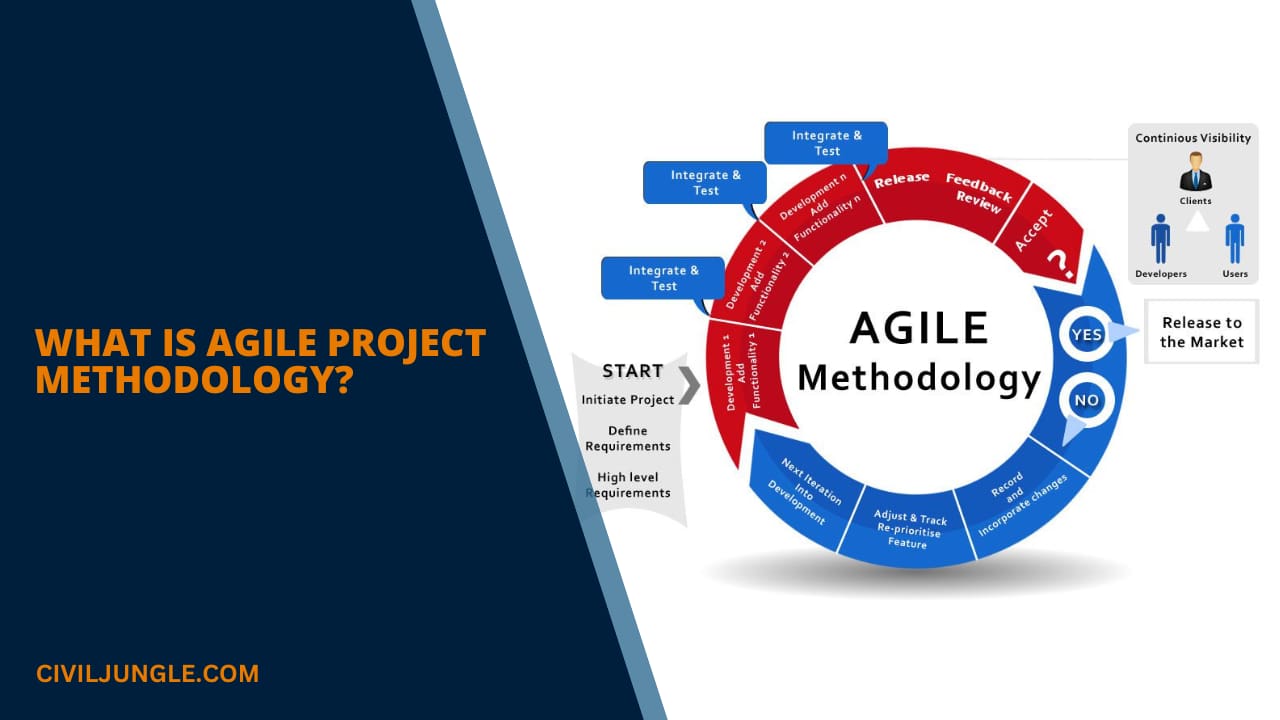
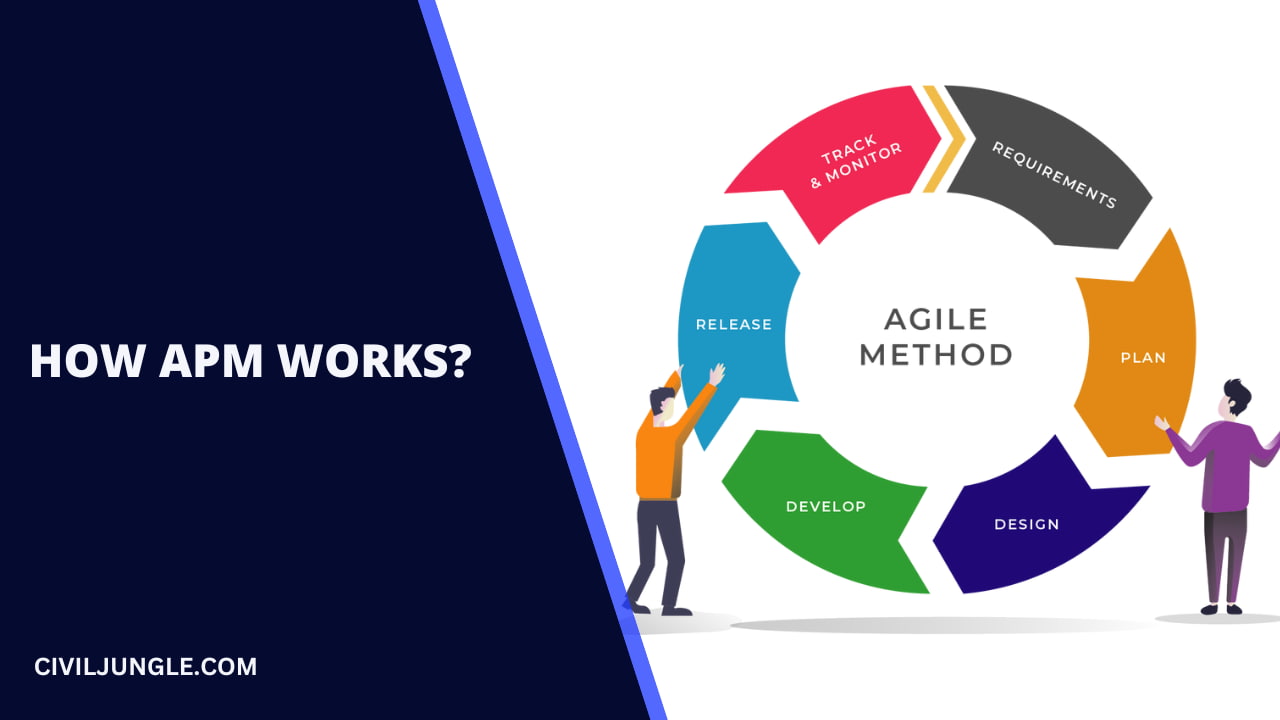

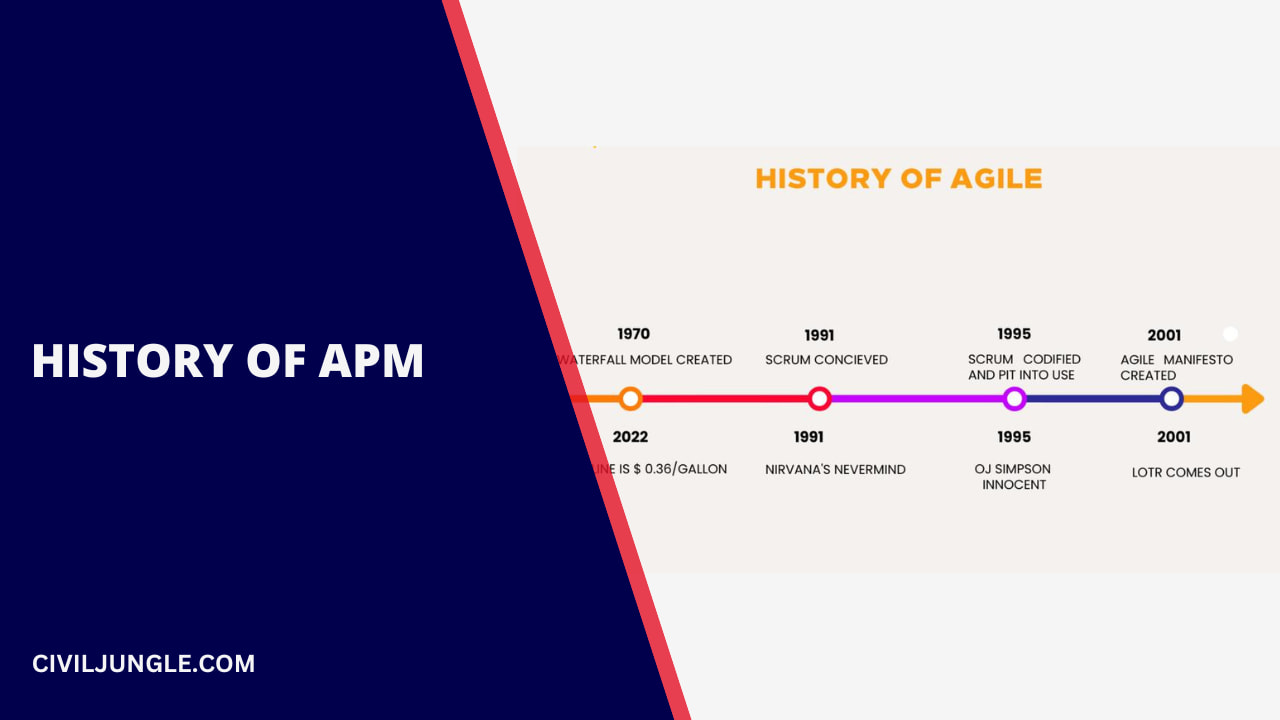
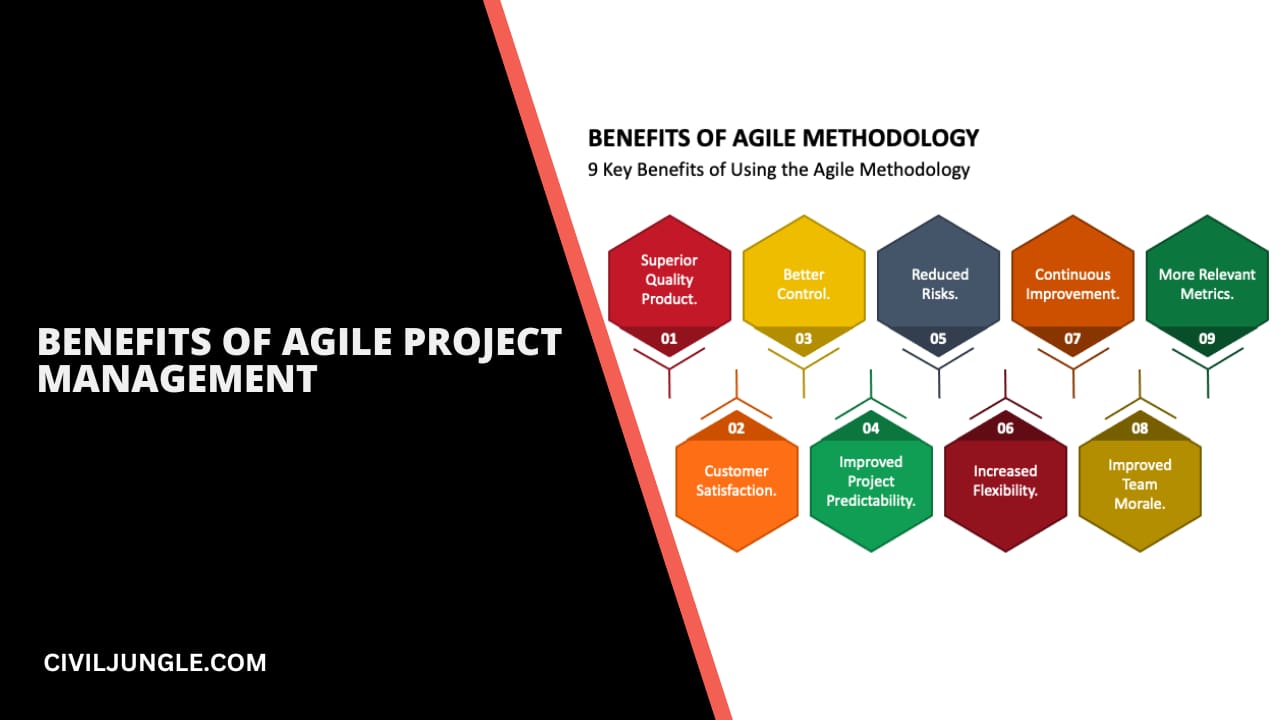
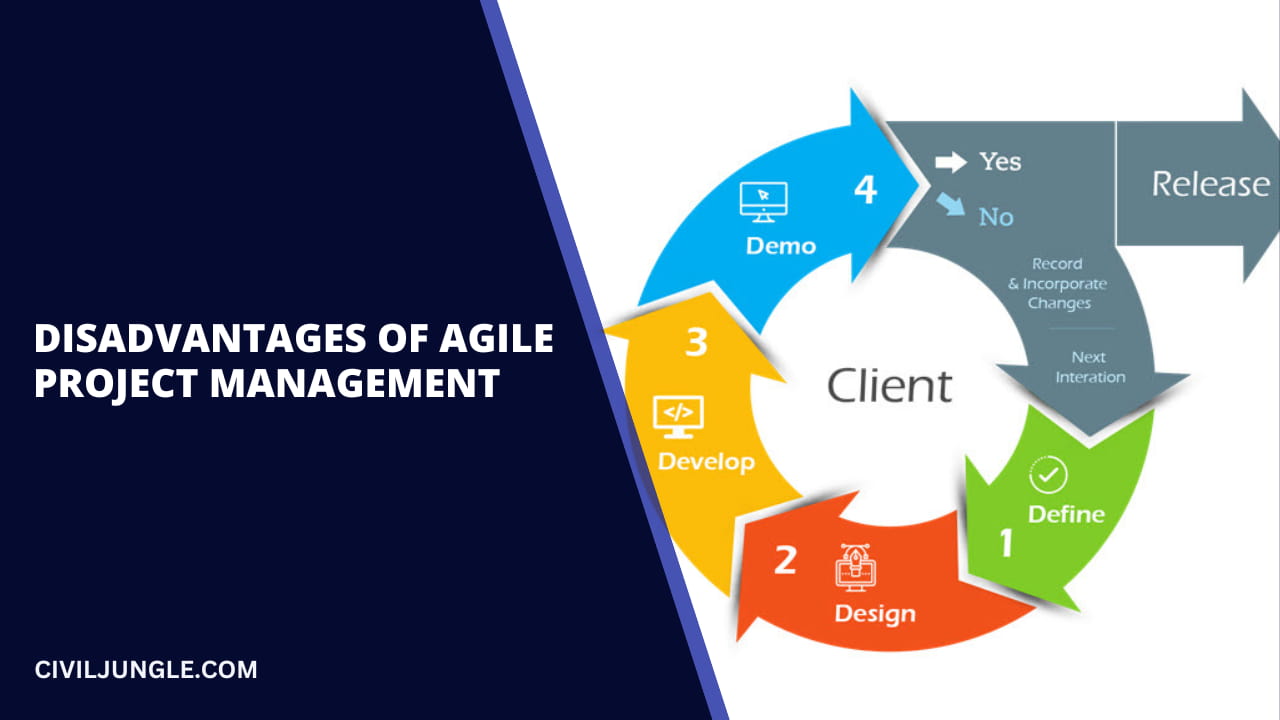
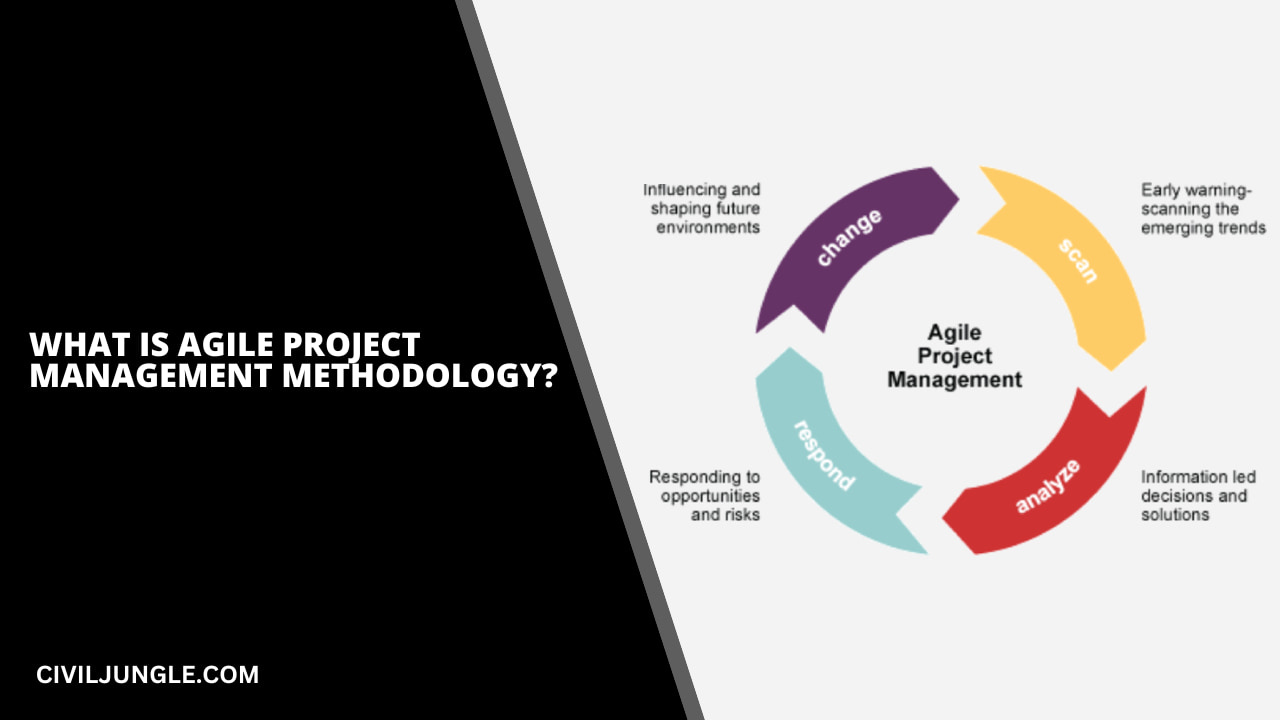
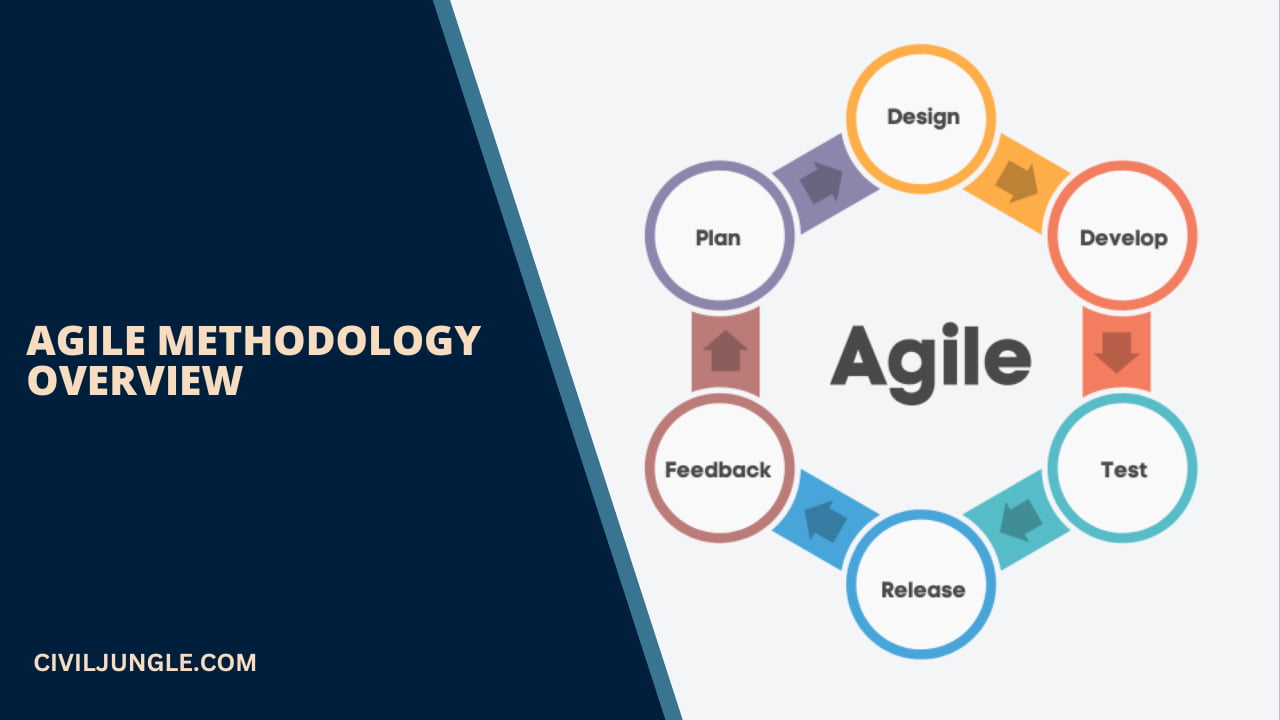

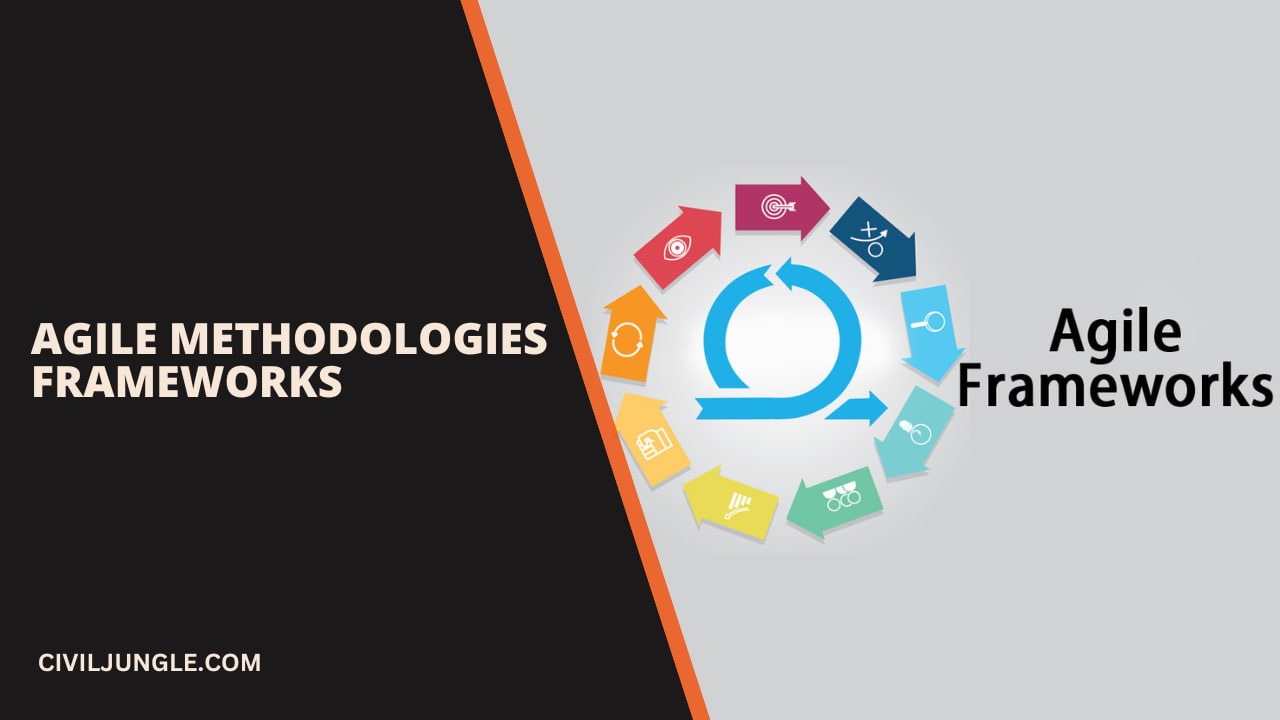
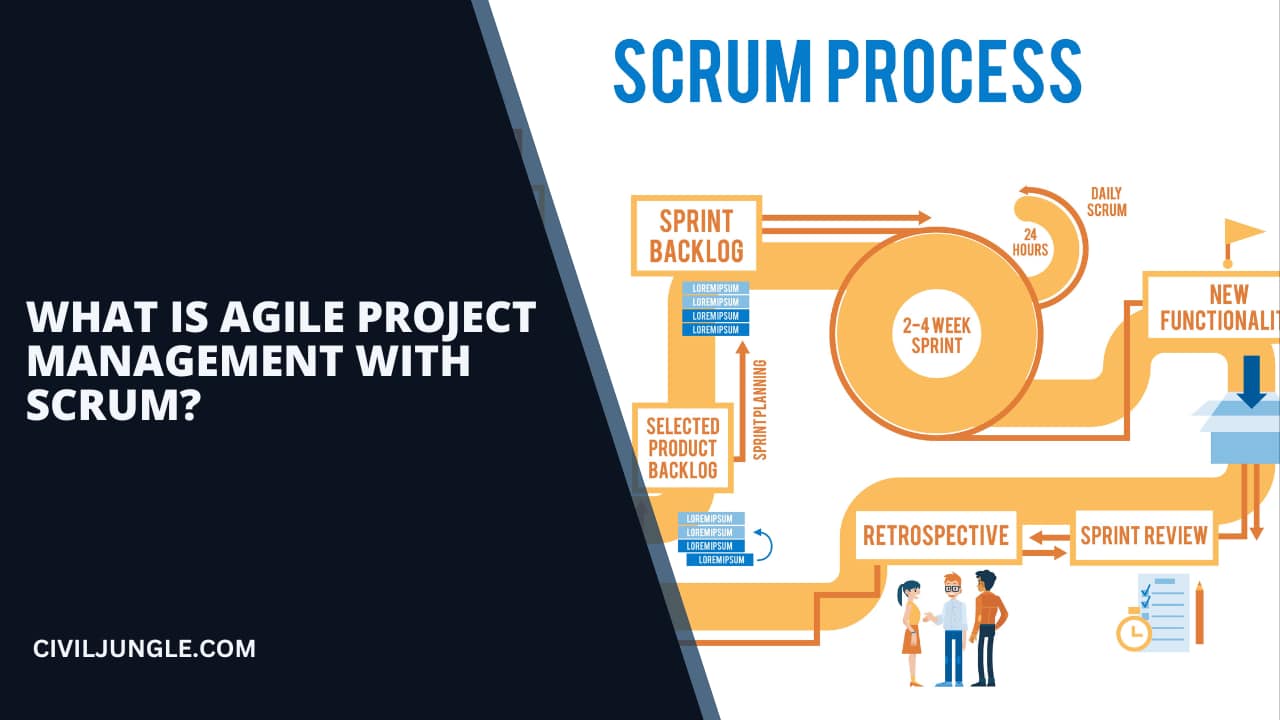

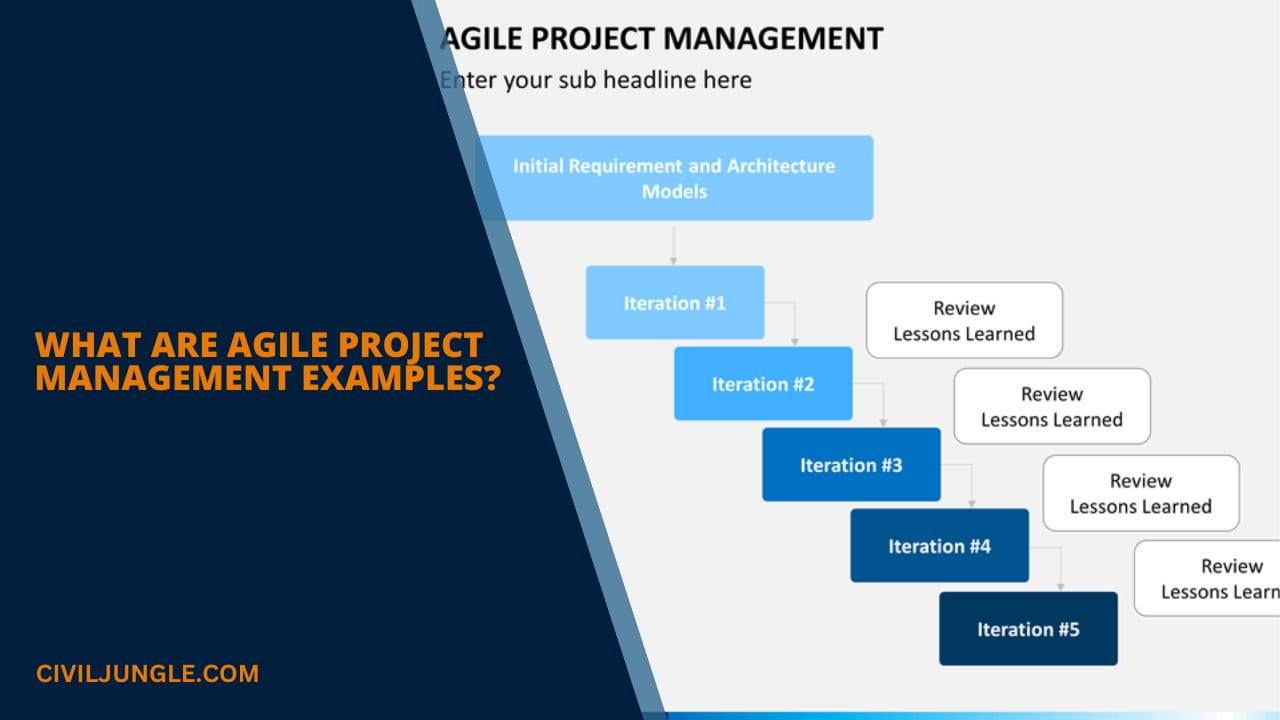
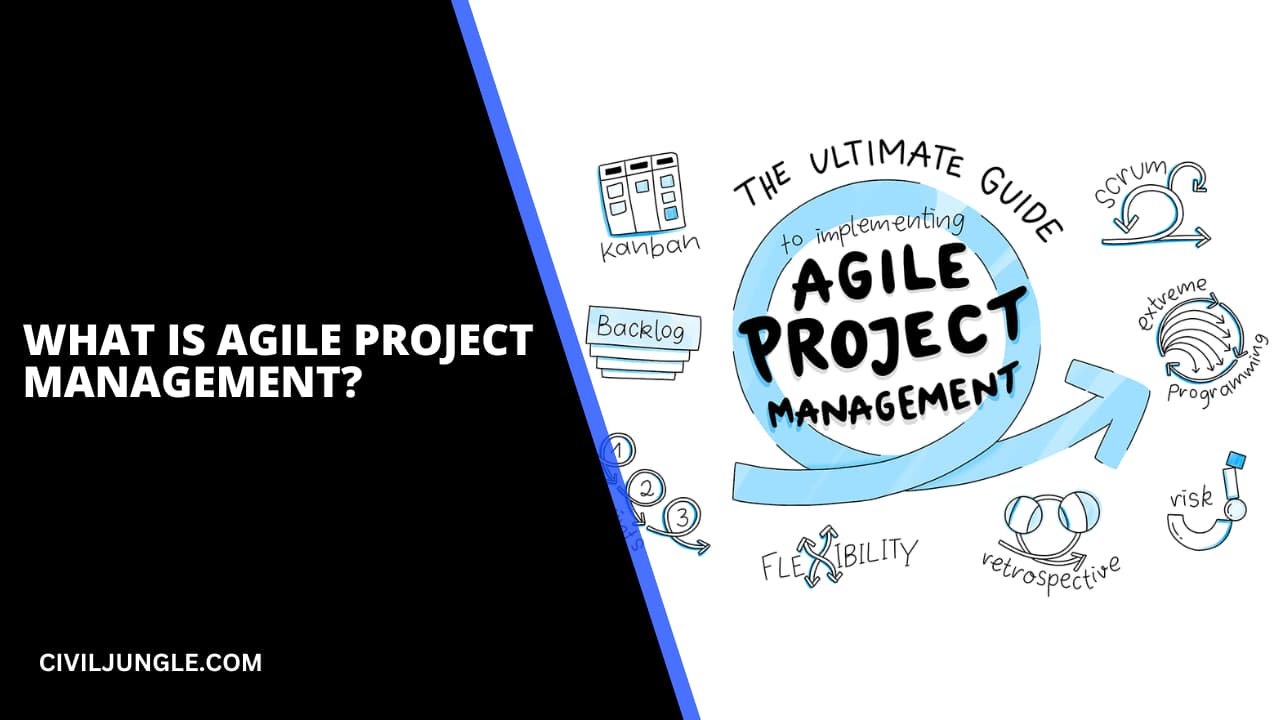
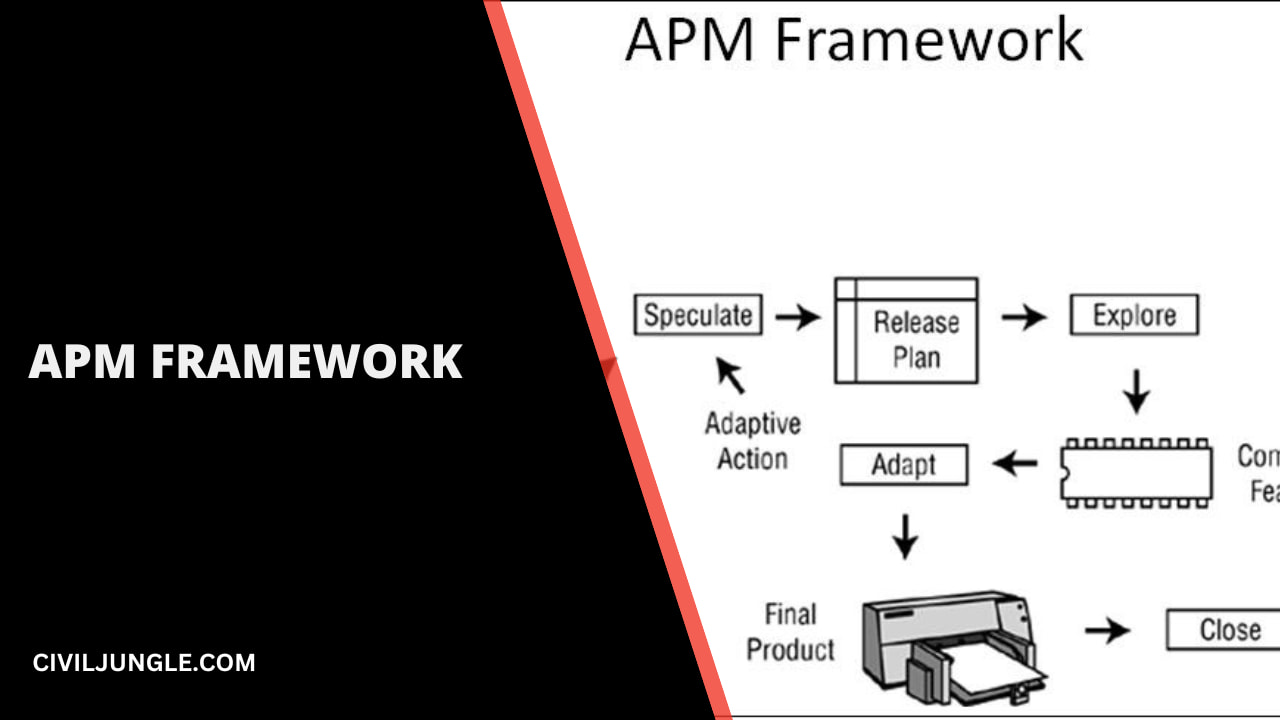

Leave a Reply